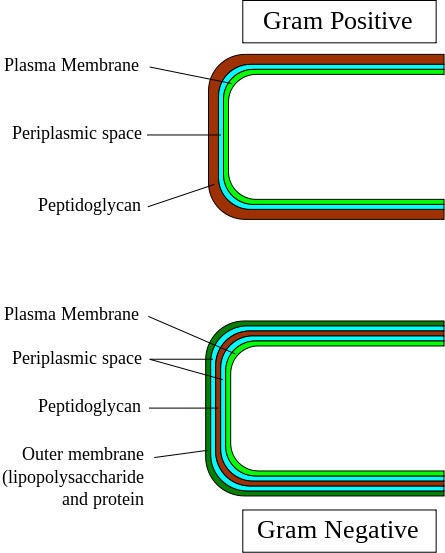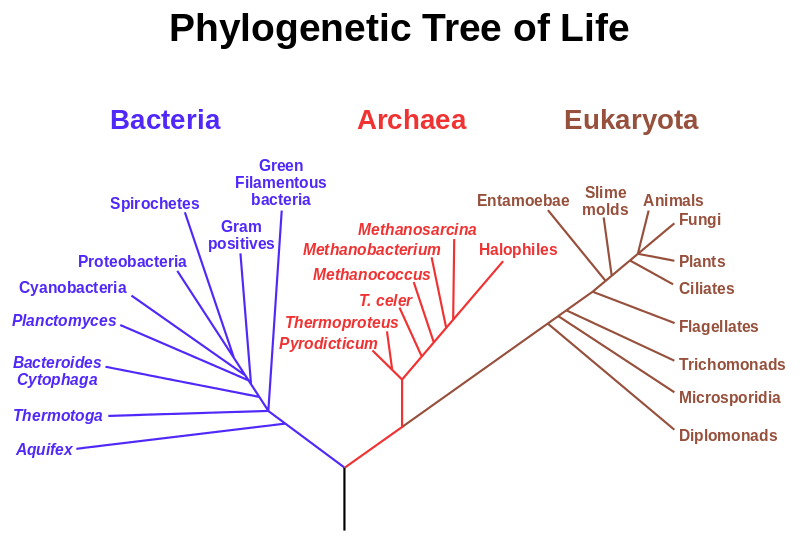Classification
Let’s take a look at the taxonomy of Campylobacter jejuni to see
where it fits according to all other living organisms.
We’ll start at the most broad classification and get more
and more specific as we move down the taxa.
Kingdom: Bacteria
Phylum: Proteobacteria
Class:Epsilonproteobacteria
Order: Campylobacterales
Family:
Campylobacteraceae
Genus: Campylobacter
Species: C. jejuni
Bacteria: C. jejuni fits in the domain and kingdom of Bacteria because it has no membrane bound organelles (mitochondria and nucleus for example), is unicellular, has single circular chromosomes, reproduces through binary fission, and has peptidoglycan (check out the difference between gram-pos/neg) in its cell walls.
 Organisms
belonging in this category are incredibly diverse, ranging from
bacteria that
eat
flesh,
decay teeth, and cause
Lyme Disease to helpful bacteria that
ripen cheese and help
produce yogurt.
(Click on the bacteria to check out their page for more info)
Organisms
belonging in this category are incredibly diverse, ranging from
bacteria that
eat
flesh,
decay teeth, and cause
Lyme Disease to helpful bacteria that
ripen cheese and help
produce yogurt.
(Click on the bacteria to check out their page for more info)
Proteobacteria:
This is a group of gram-negative bacteria with an outer membrane
composed of lipopolysaccharides.
It includes a wide range of pathogenic bacteria including
E.
coli,
Plague, and
Cholera.
Epsilonproteobacteria:
Most of known members of this class live inside the
digestive tract of animals.
Some species such as Wolinella spp. in cows serve as
helpful symbionts and some including
Helicobacter pylori
and C. jejuni are harmful pathogens.
Campylobacterales:
Species in this order are mostly microaerophilic, meaning they
need oxygen to survive but need an environment that has lower
levels of oxygen than that contained in the atmosphere.
Campylobacteraceae: A family of curved, s-shaped, or spiral rod bacteria who are capable of motion by means of a single polar flagellum at one or both ends of the cell
Campylobacter:
Bacteria that are found in this genus are characteristically
corkscrew shaped and are the major causative agents behind
gastroenteritis throughout the whole world.
Wikimedia Commons C. jejuni: Novel toxins and delivery systems distinguish this species.
Where is C. jejuni found? See Habitat
Back to Home
